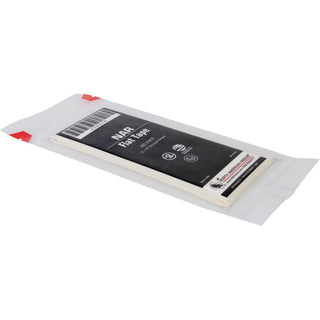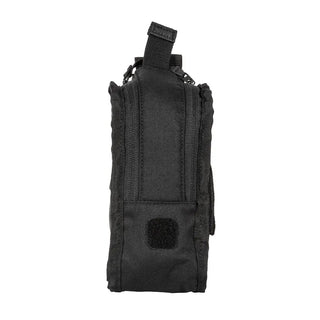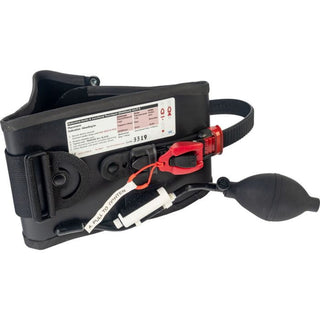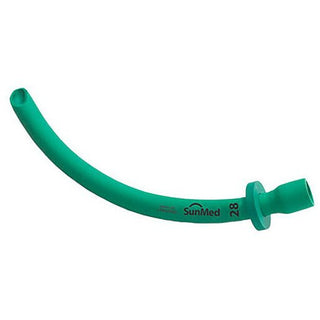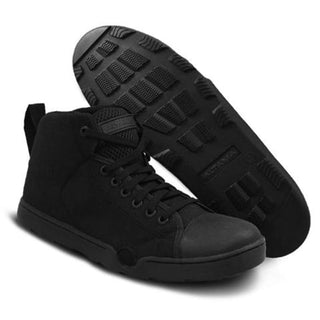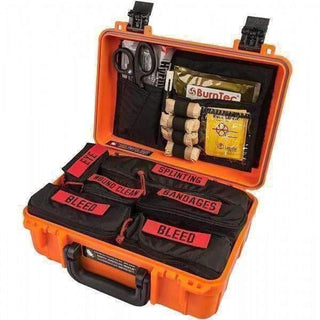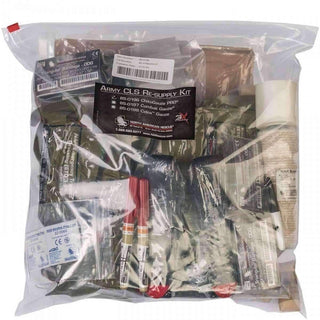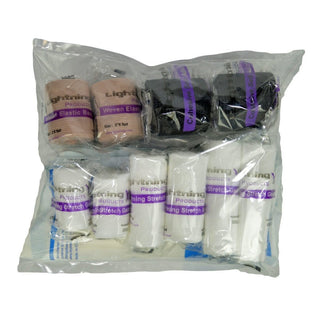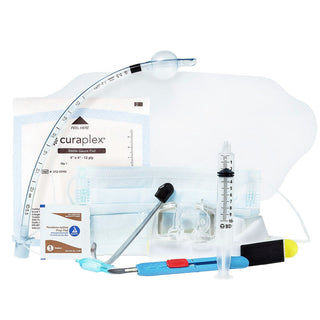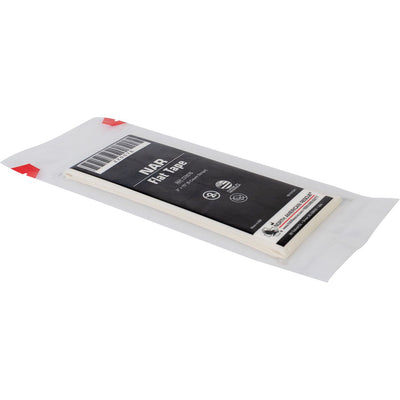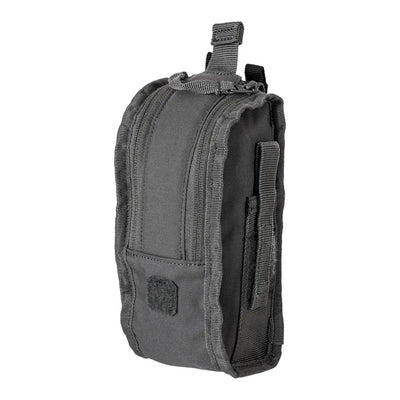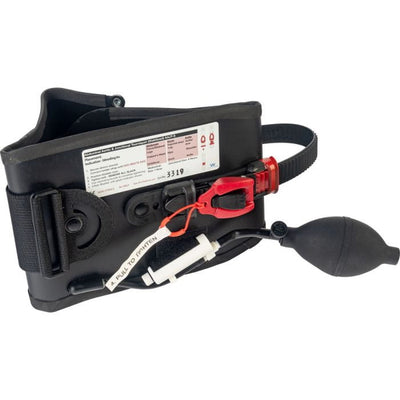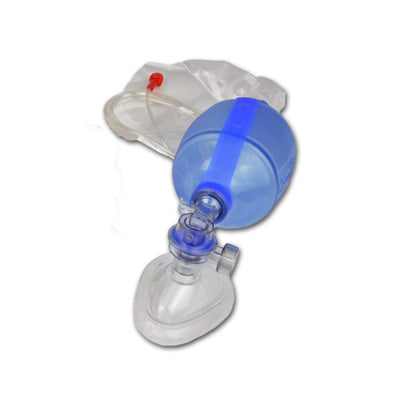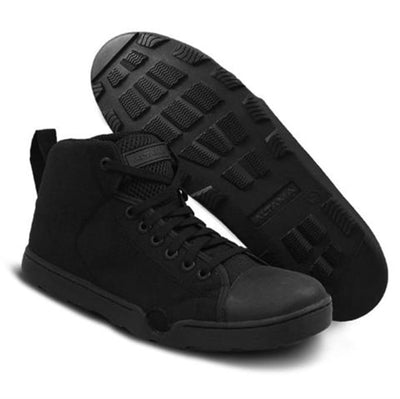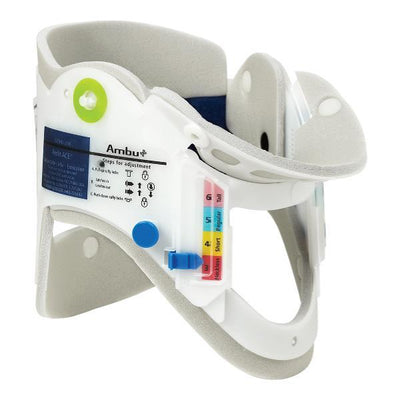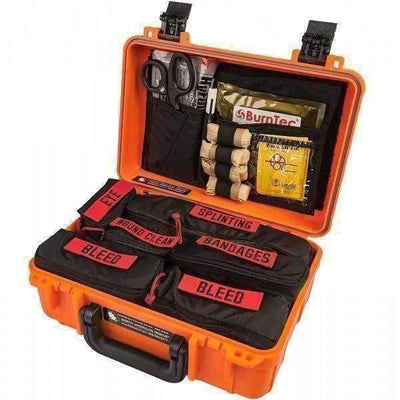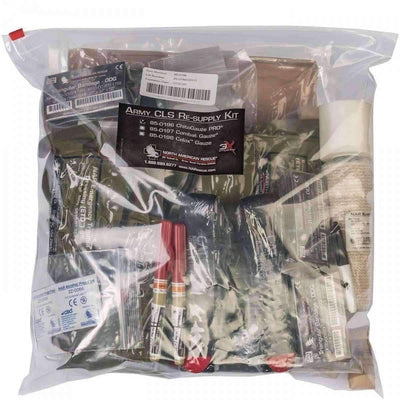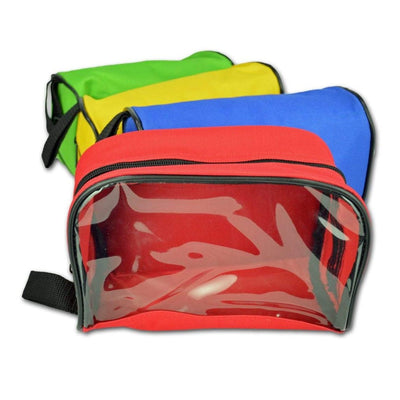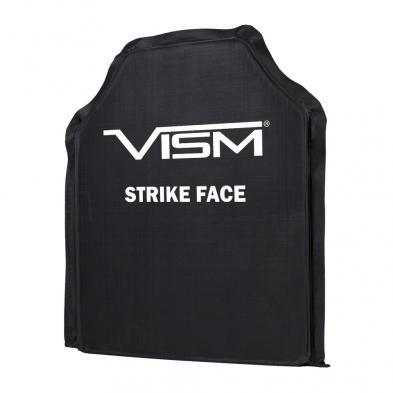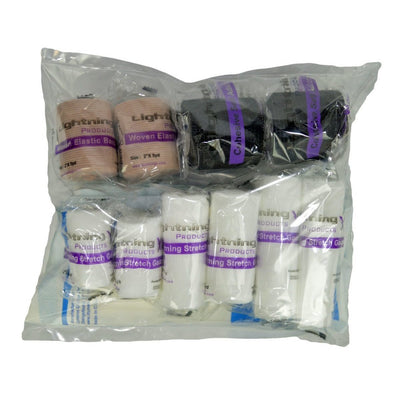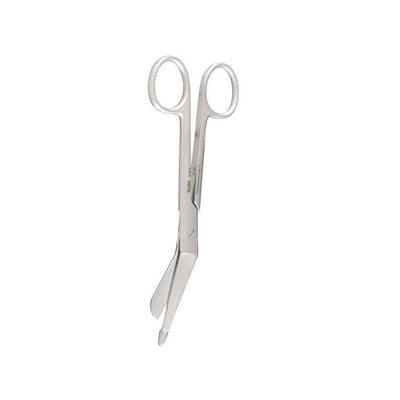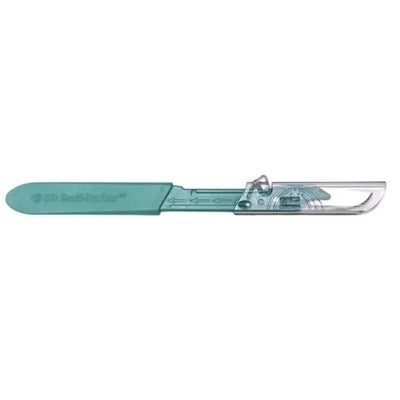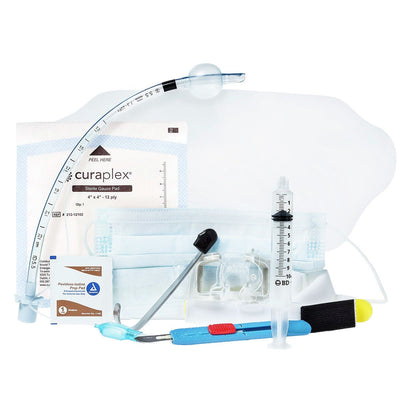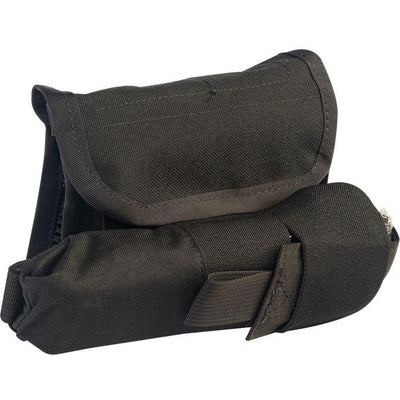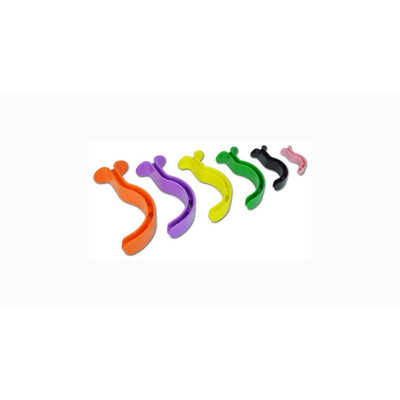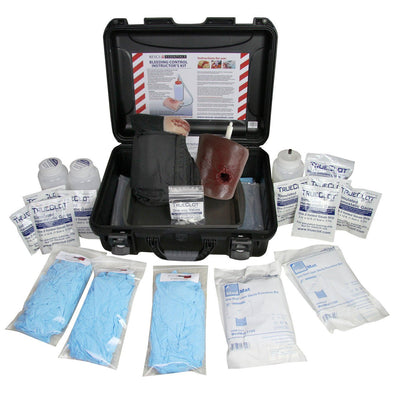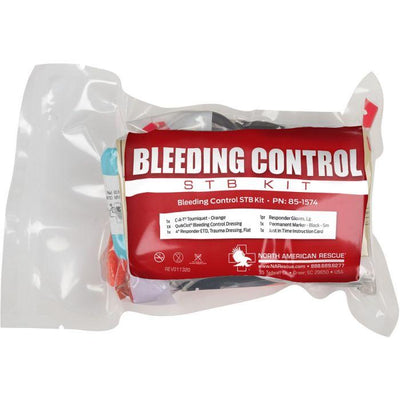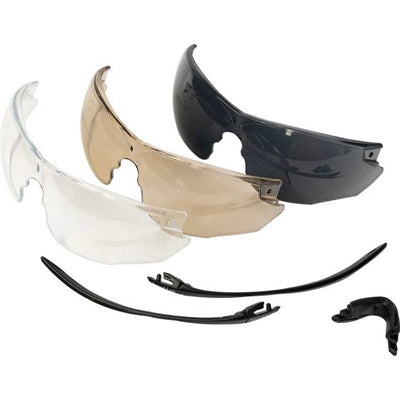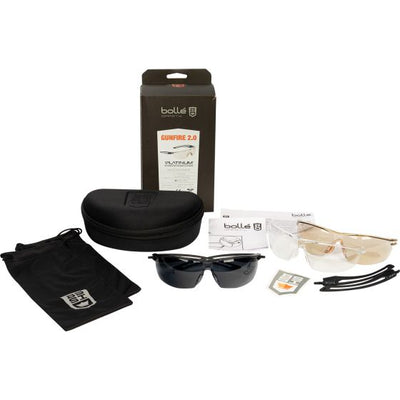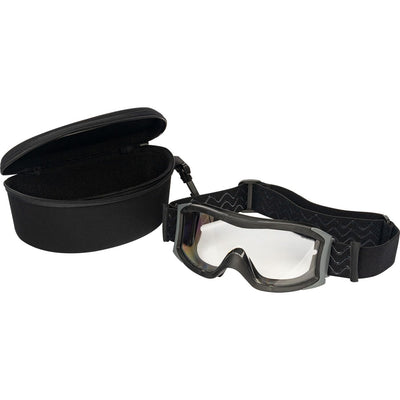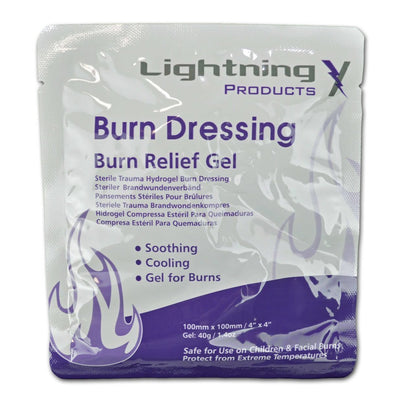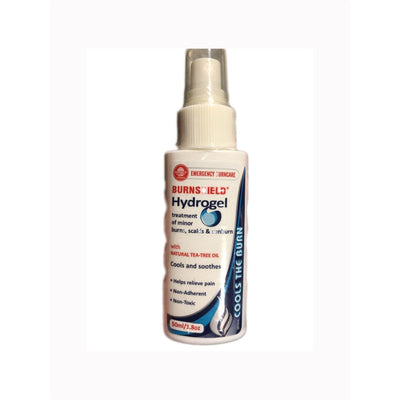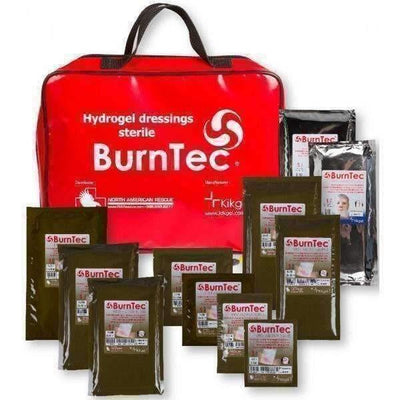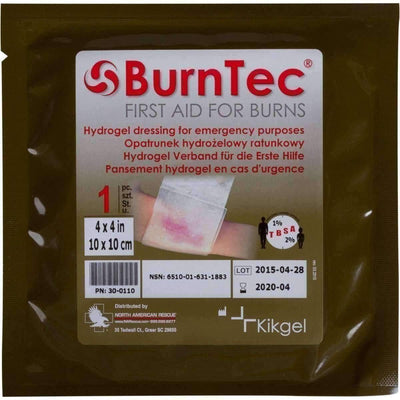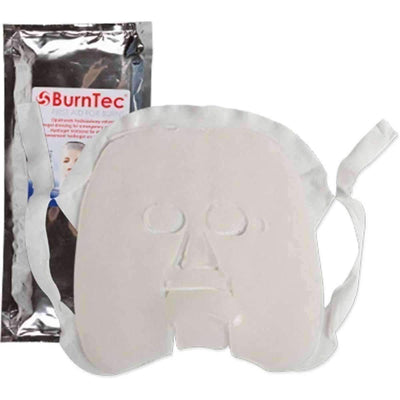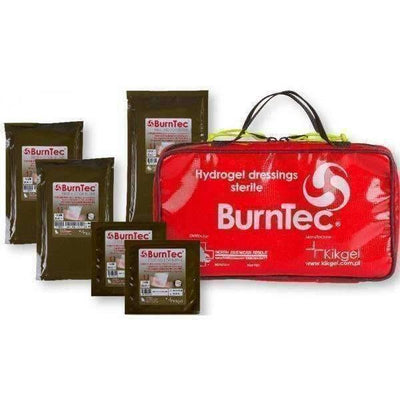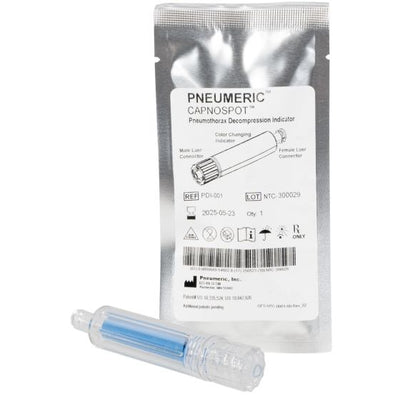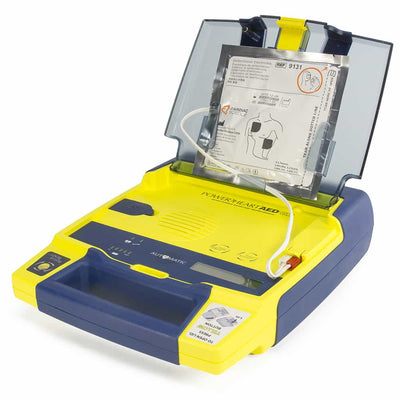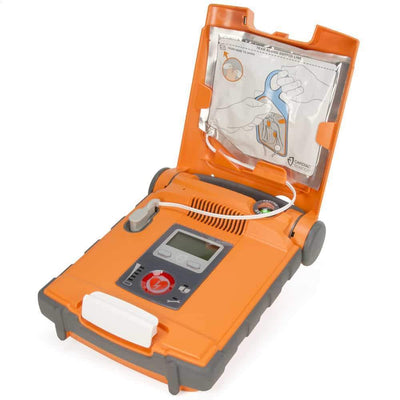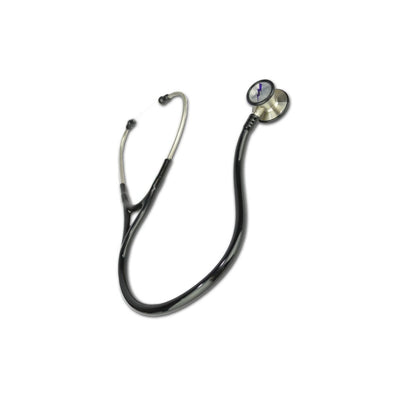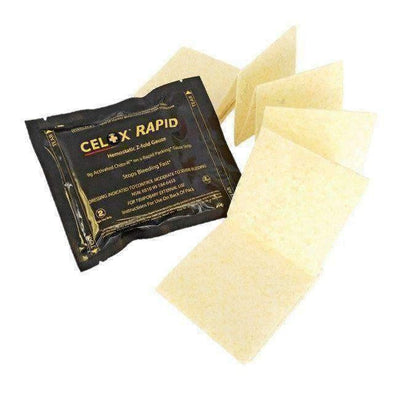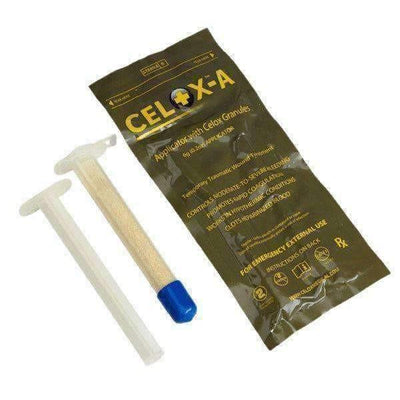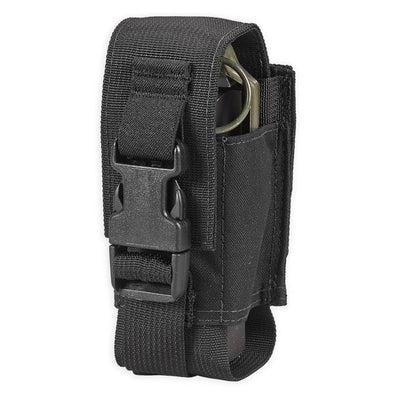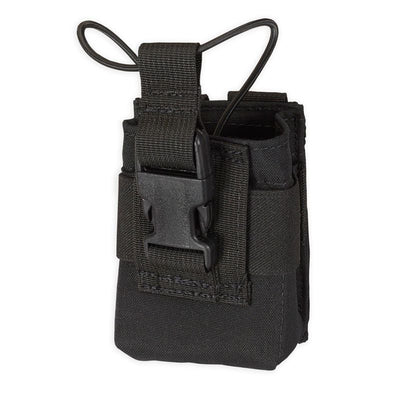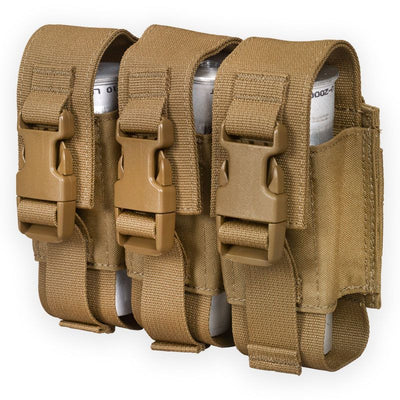
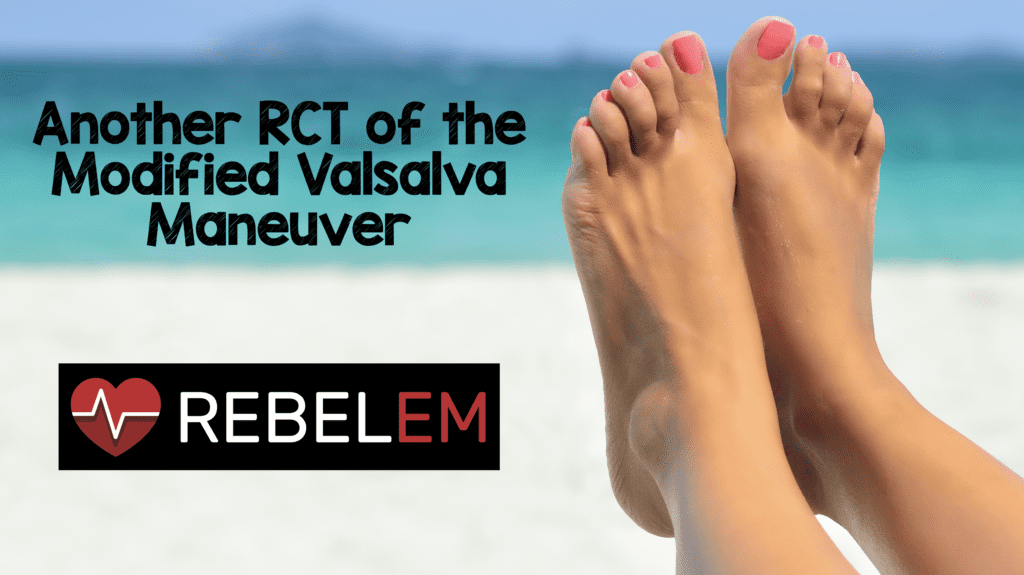 Background: In patients with hemodynamically stable supraventricular tachycardia (SVT), vagal maneuvers are the traditional first step in management. There are several vagal techniques in the literature which include, standard valsalva maneuver (sVM), modified Valsalva maneuver (mVM), and carotid sinus massage (CSM). All three techniques aim to increase vagal tone to slow down conduction in the AV node and, hopefully, result in termination of Atrioventricular nodal reentry tachycardia (AVNRT)and atrioventricular reentrant tachycardia (AVRT). The authors of this trial performed a RCT evaluating the effectiveness of sVM vs mVM vs CSM at not only terminating SVT but also having a sustained effect up to 5 minutes.
Background: In patients with hemodynamically stable supraventricular tachycardia (SVT), vagal maneuvers are the traditional first step in management. There are several vagal techniques in the literature which include, standard valsalva maneuver (sVM), modified Valsalva maneuver (mVM), and carotid sinus massage (CSM). All three techniques aim to increase vagal tone to slow down conduction in the AV node and, hopefully, result in termination of Atrioventricular nodal reentry tachycardia (AVNRT)and atrioventricular reentrant tachycardia (AVRT). The authors of this trial performed a RCT evaluating the effectiveness of sVM vs mVM vs CSM at not only terminating SVT but also having a sustained effect up to 5 minutes.
What They Did:
- Single center, prospective, randomized trial
- Evaluated the success rates of 3 vagal maneuvers measured by sustaining sinus rhythm up to 5 minutes and acute SVT termination
- CSM: Patients were supine with head titled to opposite side, located carotid sinus just below the angle of the mandible and applied finger pressure with a massaging motion first in an upward and downward direction, then posteriorly and medially to compress the carotid sinus between the examiner’s fingers and the patient’s cervical vertebra for 10s. If this was unsuccessful after 1 – 2 min, the carotid sinus on the opposite side was massaged in a similar manner
- sVM: Patient sitting vertically, took a deep breath and attempted to push a plunger by blowing into a syringe connected to a sphygmomanometer for 20 seconds.Patients were required to reach airway pressure of 30 – 40 mmHg
- mVM: sVM followed by laying the patient supine and raising the patient’s legs to a 45-degree angle
Outcomes:
- Primary: Sustained normal sinus rhythm at 5 minutes
- Secondary:
- Success rate of vagal maneuver immediately after the maneuver
- Success rate of vagal maneuver at 1 minute
Inclusion:
- >18 years of age
- Hemodynamically stable patients with SVT
Exclusion:
- Not confirmed to have SVT
- Hemodynamic instability (i.e. unstable angina, pulmonary edema, signs of poor cerebral perfusion, and indications for immediate cardioversion)
- Pregnant
- Contraindications to Valsalva maneuver or CSM (i.e. Aortic stenosis, recent MI, glaucoma, retinopathy, CVA, history of TIA, or presence of carotid bruit)
- Previously included in the study
- Unable to perform vagal maneuvers (i.e. lying flat and lifting legs)
Results:
- 98 patients randomized
- 25 (25.5%) of SVT were initially treated successfully with vagal maneuvers

- No major adverse effects after vagal maneuvers in any group
Strengths:
- Randomized controlled trial evaluating 3 commonly used vagal maneuvers
- First study of its kind comparing 3 common vagal maneuvers
- Asks a clinically important question
- Patients were observed for up to 2 hours ensuring that sinus rhythm was sustained for this period of time
- Recorded adverse events with each of the applied maneuvers
Limitations:
- Single center study, 1/3 of eligible patients excluded
- Unclear whether this is consecutive patients that were enrolled or a convenience sample which could cause sampling bias
- Non-blinded which shouldn’t matter unless techniques themselves were not applied vigorously
- Study only powered to detect a 5% difference for the 5 minute outcome
- Patients were younger in the mVM group compared to the other two groups and significantly more patients had a history of diabetes mellitus in the CSM group
- The study had insufficient power to show a statistical significance between mVM vs sVM in immediate cardioversion and sustained NSR at both 1 and 5 minutes, although the trend was toward mVM being superior
Discussion:
- Of 132 patients that presented with SVT, 34 were not eligible for various reasons including HD instability (n = 6), readmission (n = 13), and unconfirmed SVT (n = 8)
- The authors state that clinical studies with SVT patients, the rate of SVT termination range from 5 to 20%.
- One of the most interesting aspects of this study is how low the overall conversion rate is. This doesn’t mean we should try vagal maneuvers first as they are free, easy to perform, and without side effects. But it also informs us that we should prepare for failure in the cases where it does not work.
Author Conclusion: “mVM is superior to the CSM maneuver in terminating SVT and maintaining rhythm. We conclude that it is beneficial to use mVM, which is more effective and lacks side effects.”
Clinical Take Home Point: Although not statistically significant in this study, this is the third RCT to show the superiority of mVM compared sVM with significantly more patients with sustained NSR at the 5-minute mark. Both mVM and sVM were both superior to CSM.
References:
- Ceylan E et al. Initial and Sustained Response Effects of 3 Vagal Maneuvers in Supraventricular Tachycardia: A Randomized, Clinical Trial. JEM 2019. PMID: 31443919
For More Thoughts on This Topic Checkout:
Post Peer Reviewed By: Anand Swaminathan, MD (Twitter: @EMSwami)
The post Another RCT of the Modified Valsalva Maneuver appeared first on REBEL EM - Emergency Medicine Blog.















